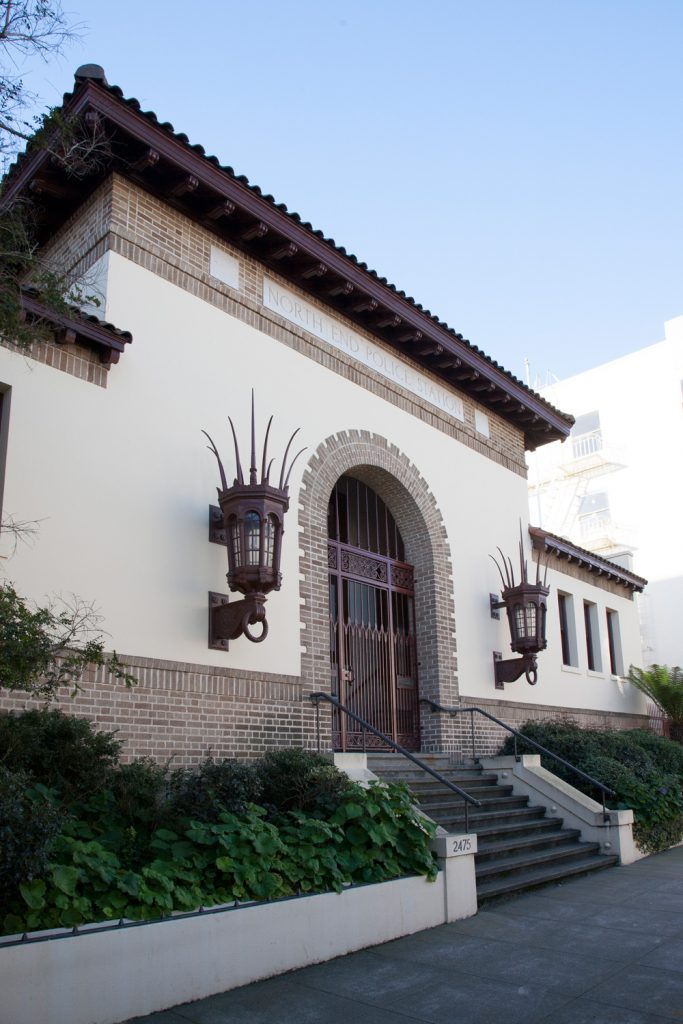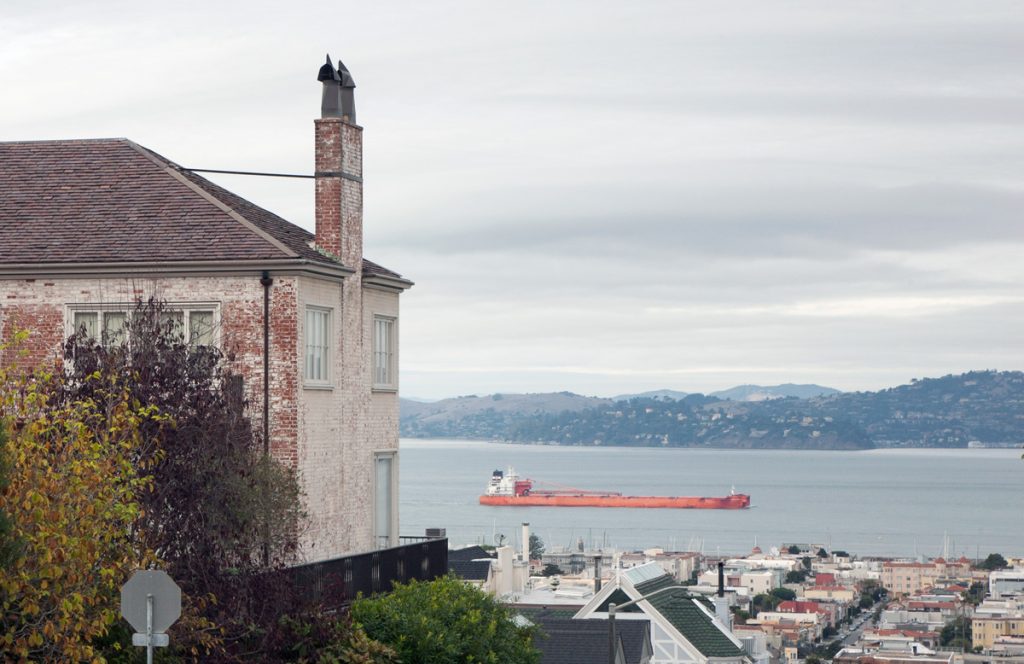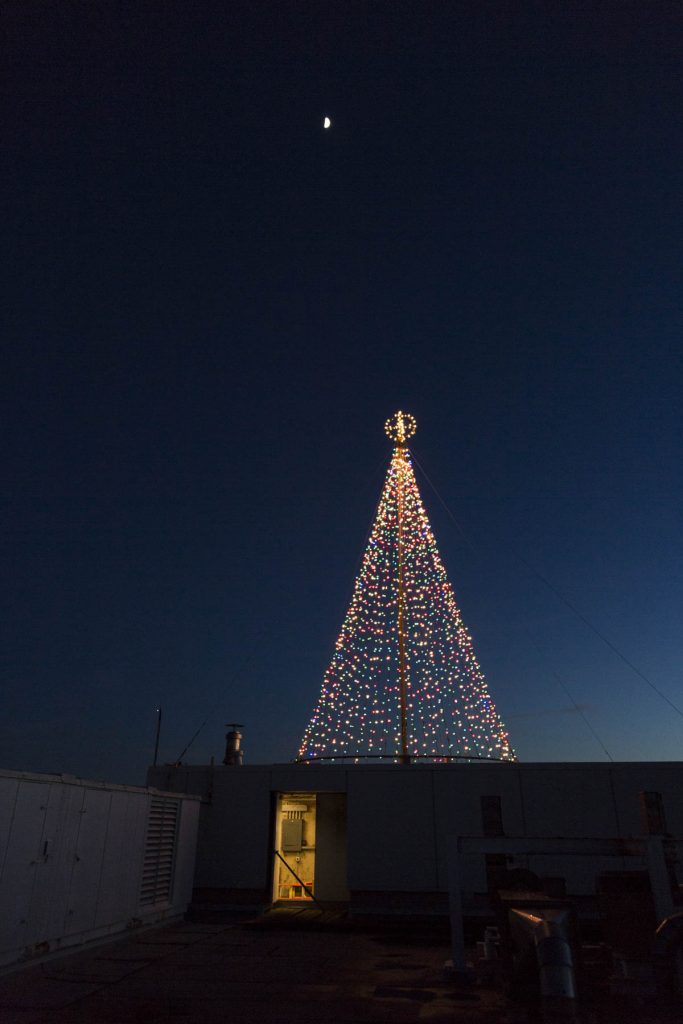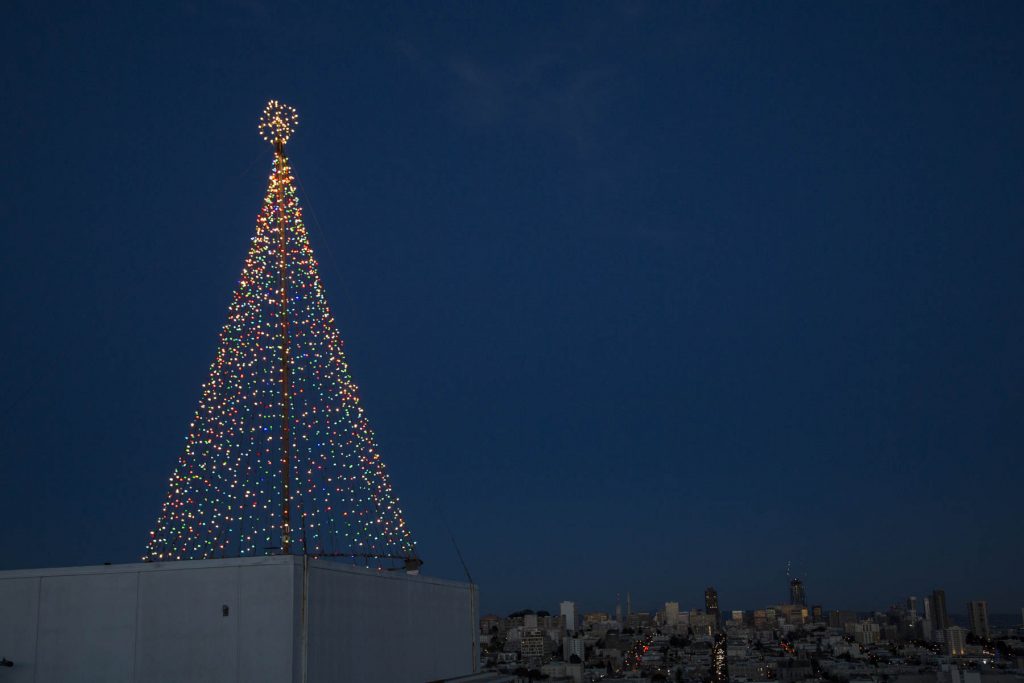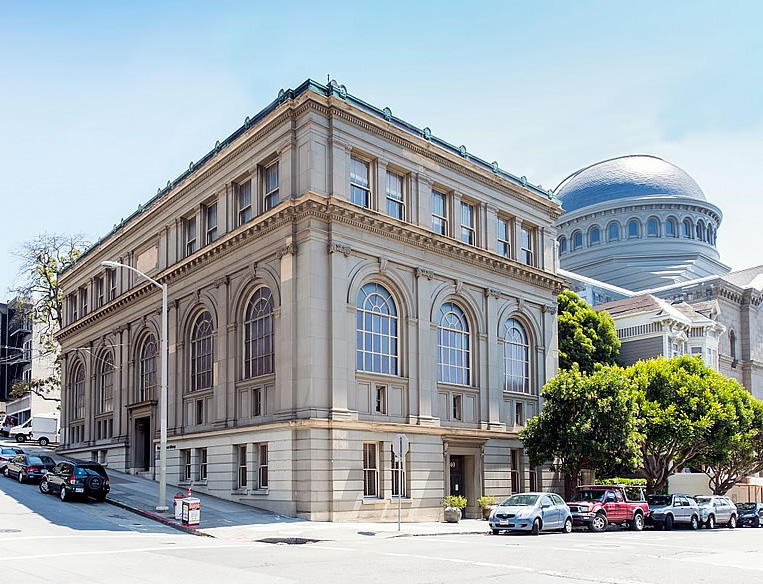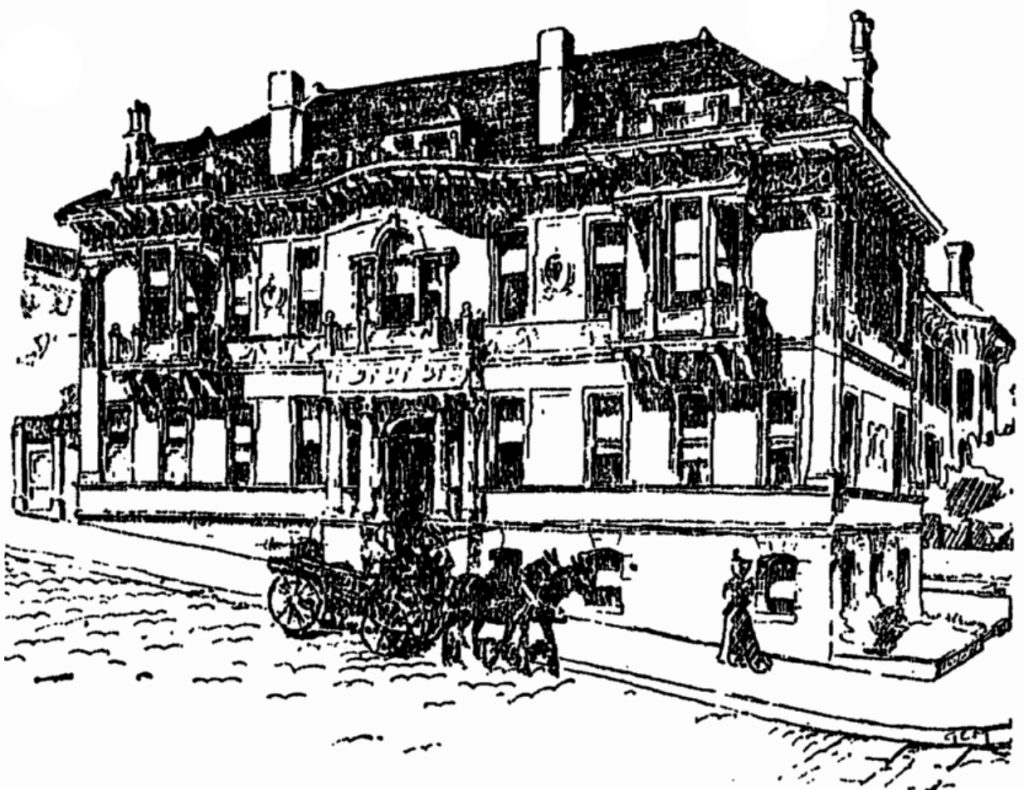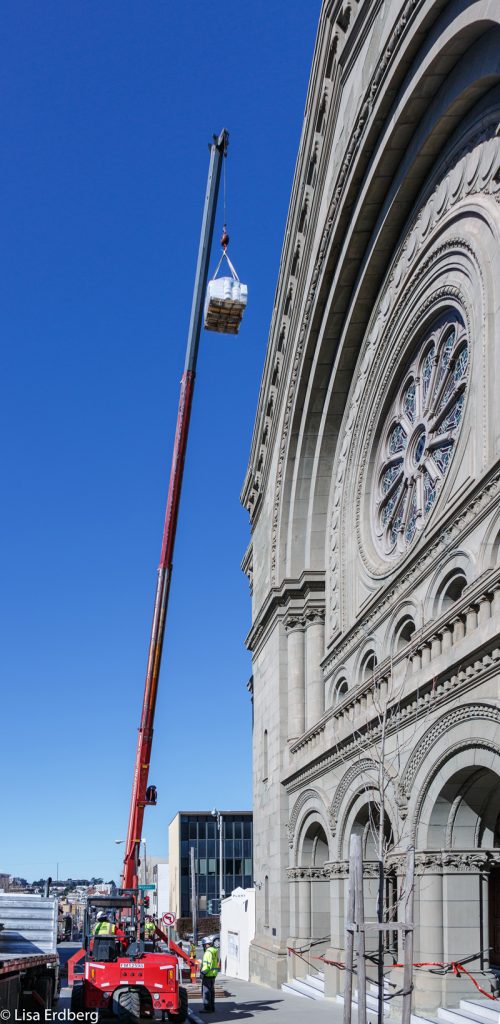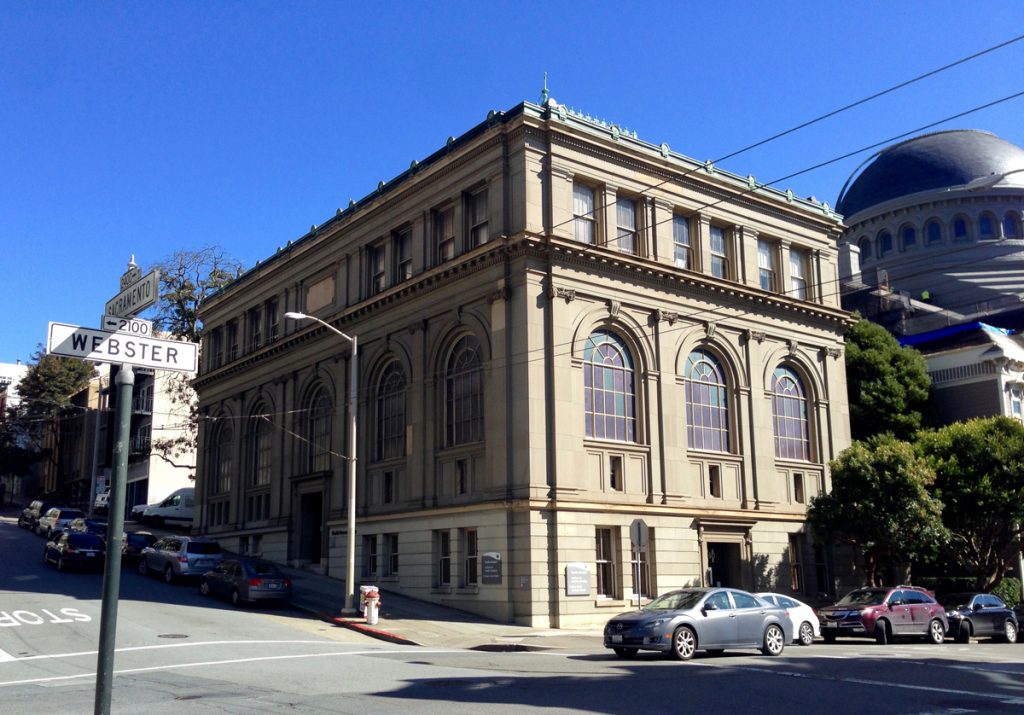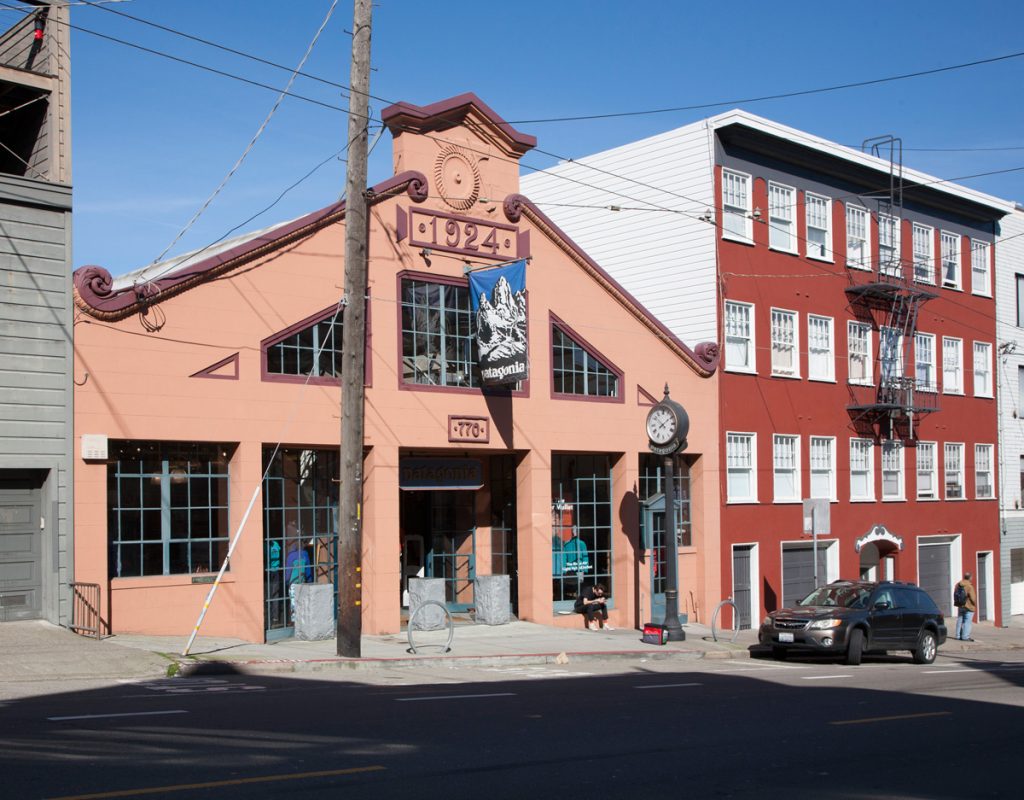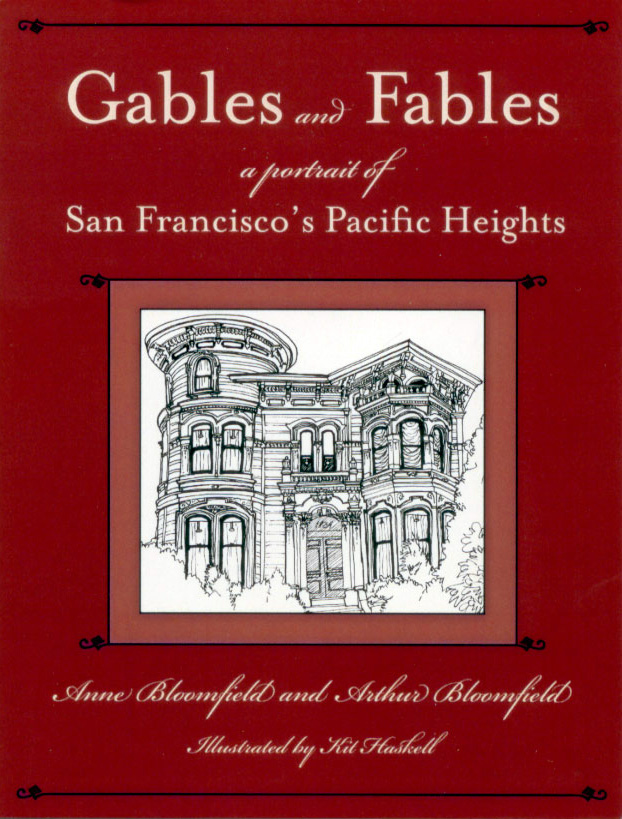LANDMARKS | BRIDGET MALEY
The original North End Police Station was located on Washington Street near Polk. It burned, as did several other police stations and San Francisco’s Hall of Justice, during the earthquake and fire in 1906.
A May 1908 bond issue funded a new Hall of Justice and police headquarters and the replacement of burned out neighborhood stations. The temporary North End Station was housed at 3118 Fillmore, near Pixley Street.
North End Station was to serve both the immediate north side neighborhoods and the nearby Panama-Pacific International Exposition that rose in what is now the Marina — financed, promoted and designed to celebrate both the opening of the Panama Canal and the rebirth of the city. A site was selected that was conveniently located near the exposition grounds on the south side of Greenwich between Pierce and Scott Streets, nestled along a residential street.
Filed under: Bridget Maley, Landmarks | Leave a Comment »




